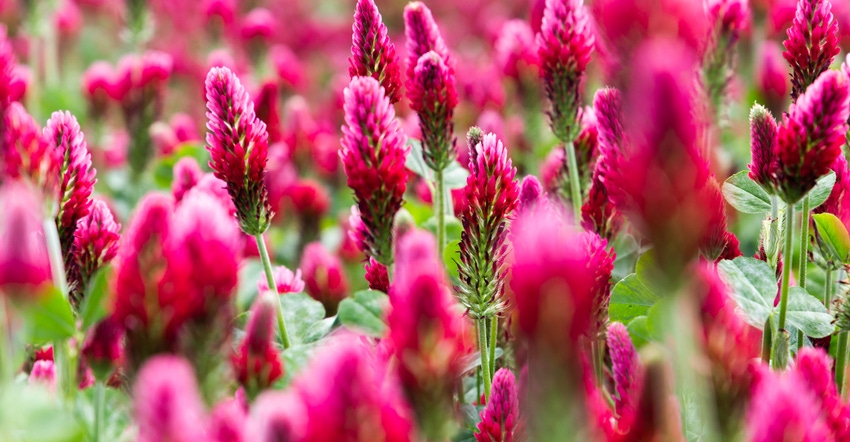
Cover crops scavenge nitrogen left from the previous cash crop or released by mineralization in the soil and help reduce nitrogen losses though tile lines exiting into streams. The difference can be significant. That’s fact.
“Cover crops are a winner from an environmental standpoint, based on our studies over the past several years in both Illinois and Indiana,” says Shalamar Armstrong, a Purdue University assistant professor in the Agronomy Department. “That’s important because it can help reduce nitrates reaching the Gulf of Mexico, contributing to hypoxia.”
Whether cover crops are a winning practice for an individual farmer in terms of producing as much or more yield and providing other benefits depends on several factors. If not managed properly, the wrong cover crop and cash crop combination can result in a yield reduction. That’s because cover crops such as cereal rye, with a high carbon-to-nitrogen ratio, tie up nitrogen early in the season and can be slow to give it back. Armstrong’s research of some 700 paired studies across the Midwest shows the potential for yield reductions, particularly in corn following cereal rye, if nitrogen isn’t managed properly.
“Applying a substantial amount of nitrogen as starter fertilizer at planting or preplant, such as 25 to 50 pounds of actual N per acre, can help offset potential yield loss,” he notes. “You’re not applying more total nitrogen for corn — you’re just shifting when you apply it.”
Field-by-field decisions
Perhaps one of Armstrong’s most important discoveries is that by making decisions based on what’s best for each field each year before mapping out your cover crop strategy, you increase odds for success.
“For example, we’ve shown there is more chance for a yield reduction with cereal rye ahead of corn on wet fields,” he says. “When fields are well drained, either naturally or because the field is tiled, the system works much better. When fields remain wet for long periods, there’s not enough oxygen in the soil. Microorganisms can’t function properly.”
If you want to use cereal rye ahead of corn, pick fields which are well-drained, Armstrong advises. “The other option is to include other cover crops and reduce the percentage of cereal rye in the mix,” he says. If there’s less cereal rye in the mix, you terminate it before planting and apply nitrogen at planting, you reduce odds for a yield reduction.
Adding crimson clover can produce nitrogen for corn. Some farmers are using a cereal rye and crimson clover mix, then terminating the rye early in the spring and letting the clover grow as long as possible. Another option is to use cereal rye ahead of soybeans and other species as cover crops ahead of corn, Armstrong says.
“When you’re selecting cover crops for a field, consider the drainage, soil type, cash crop and percentage of organic matter of the soil before deciding,” Armstrong says.
A site-specific prescription for cover crops based on these factors, at least on a field-by-field basis, makes sense, he concludes.
About the Author(s)
You May Also Like




